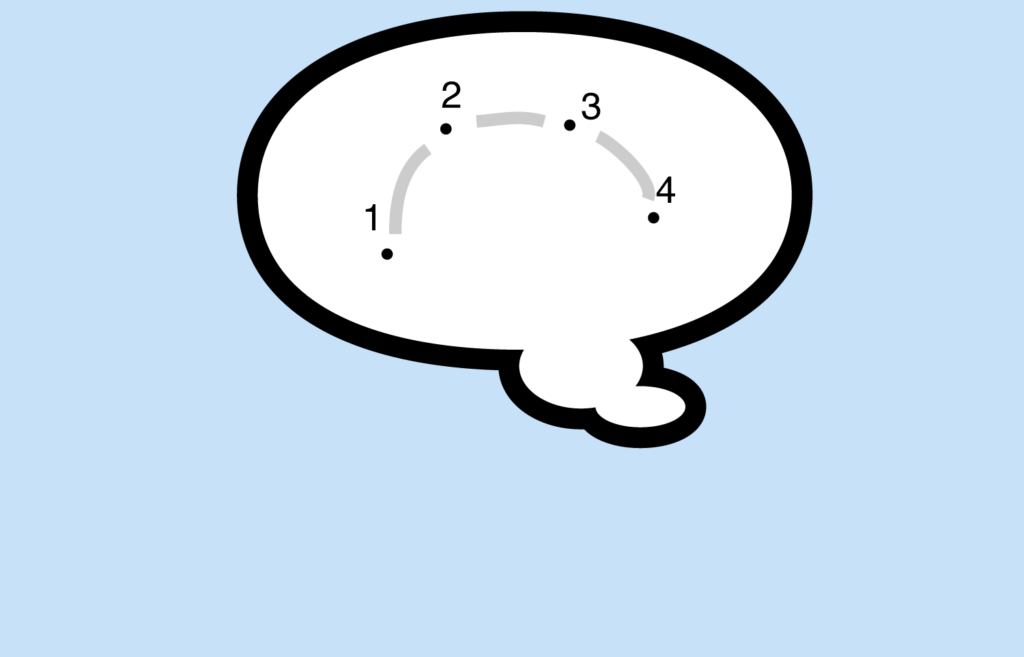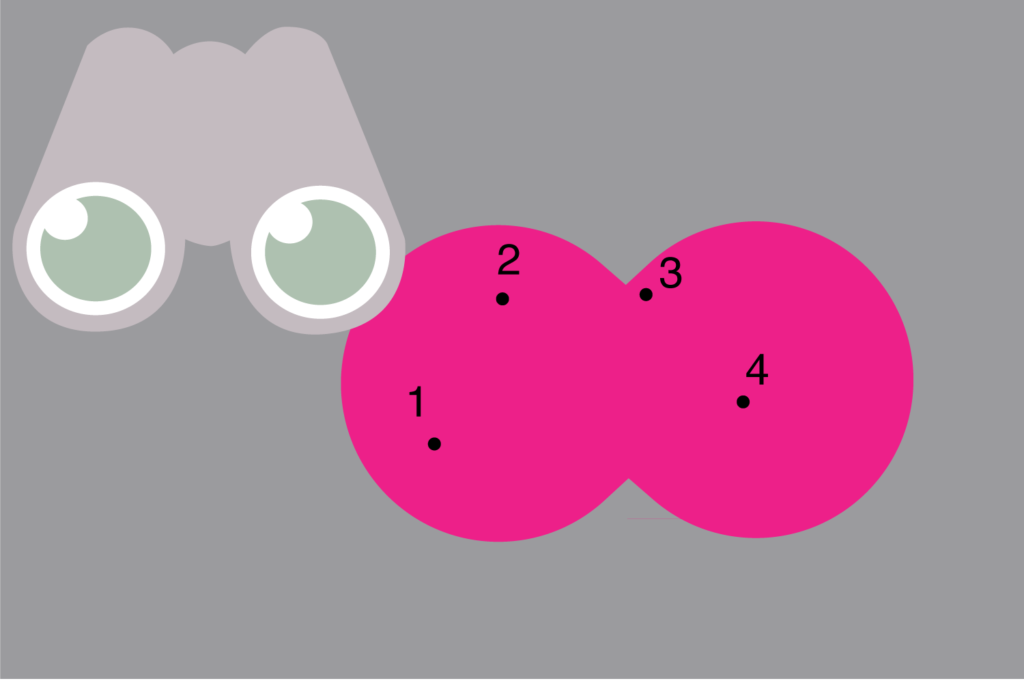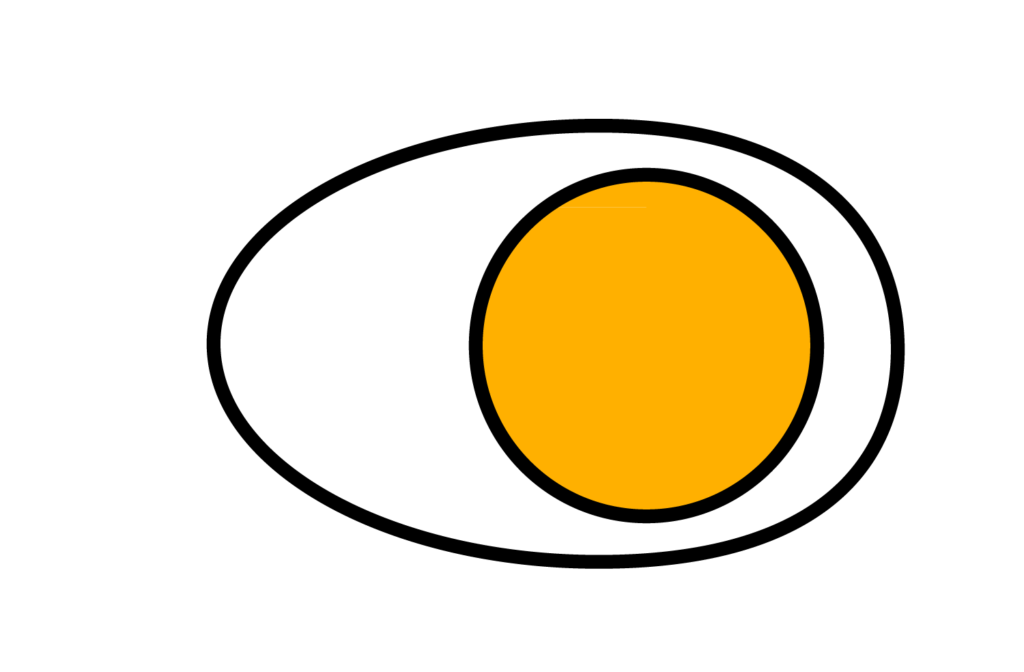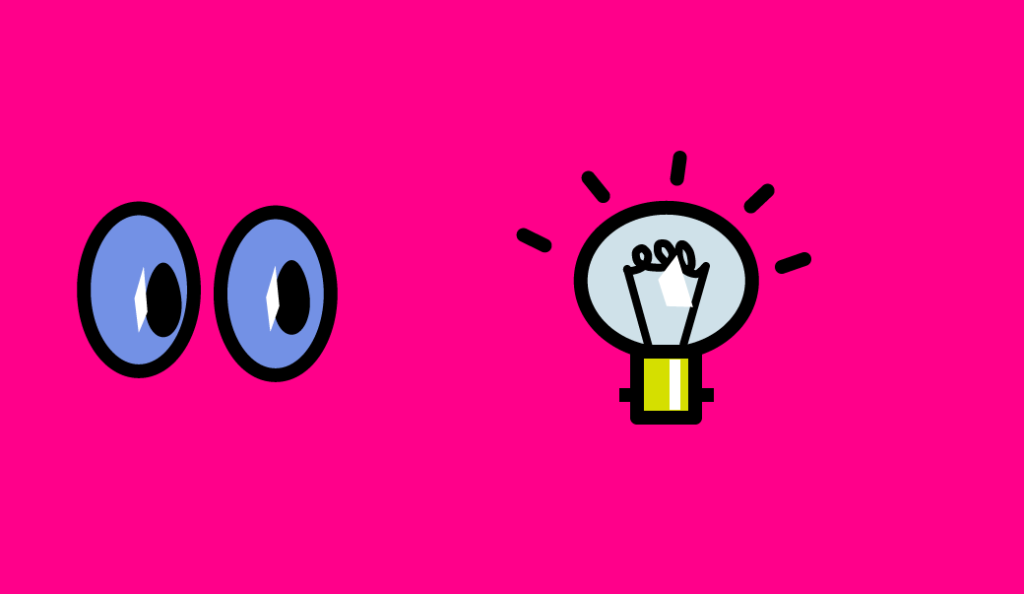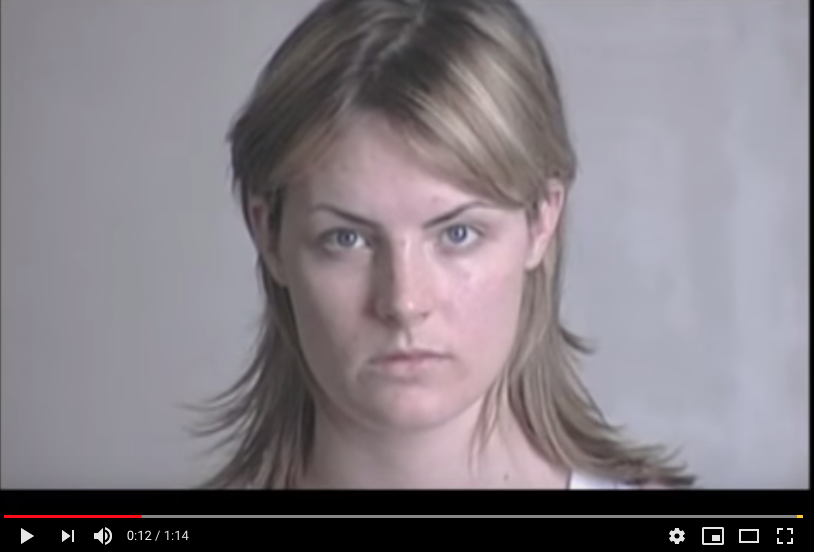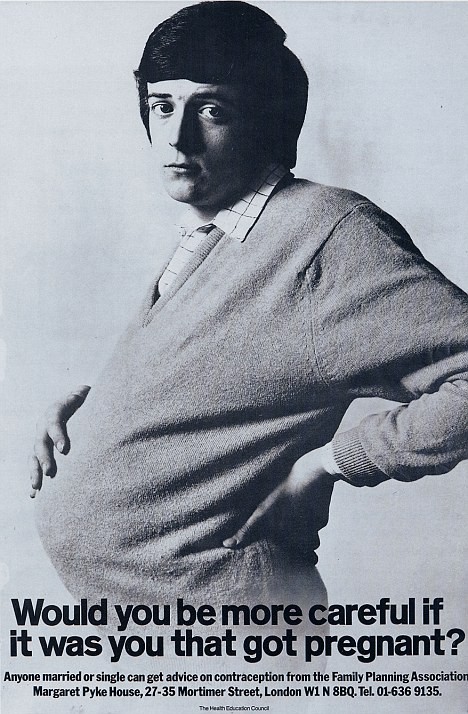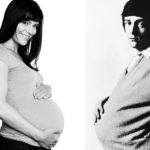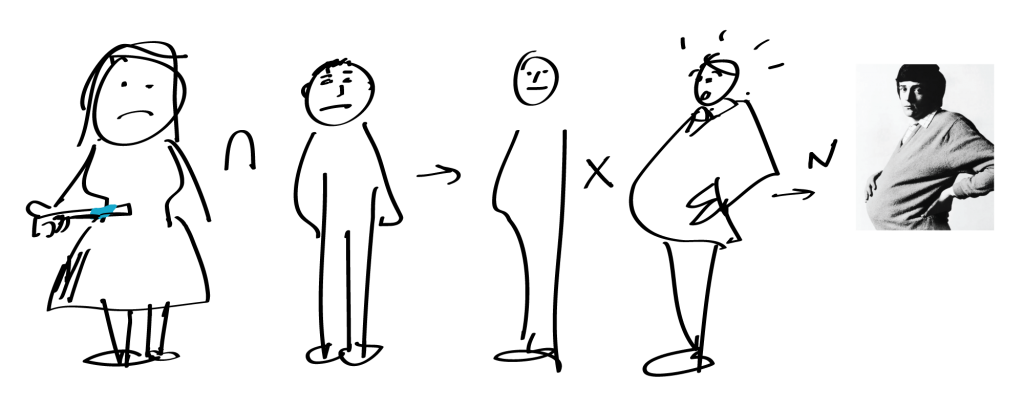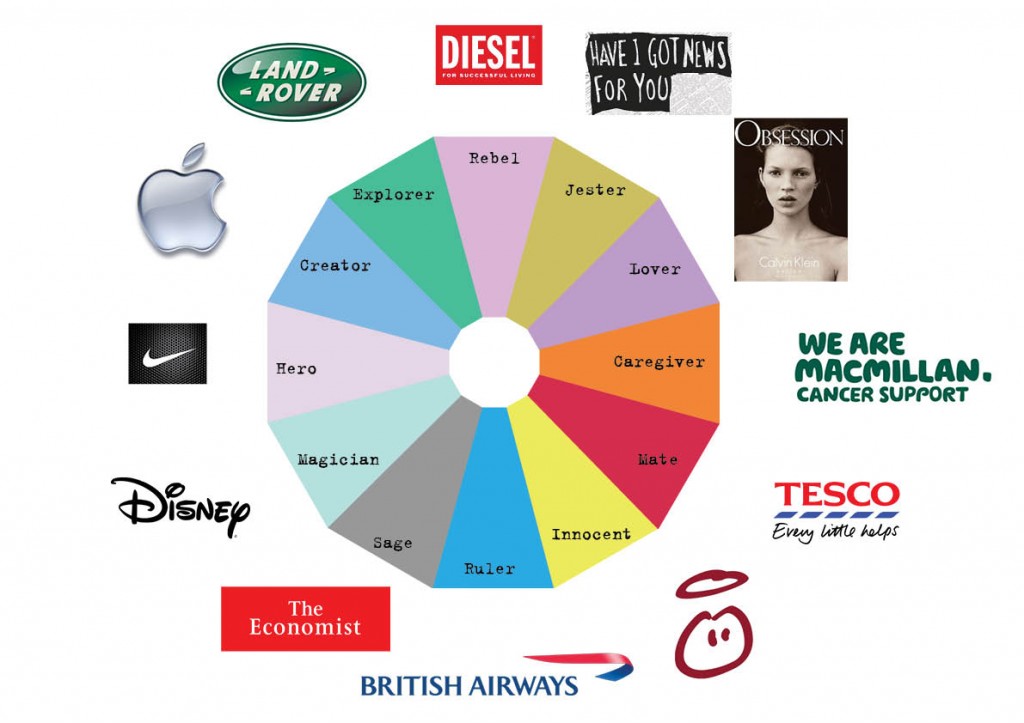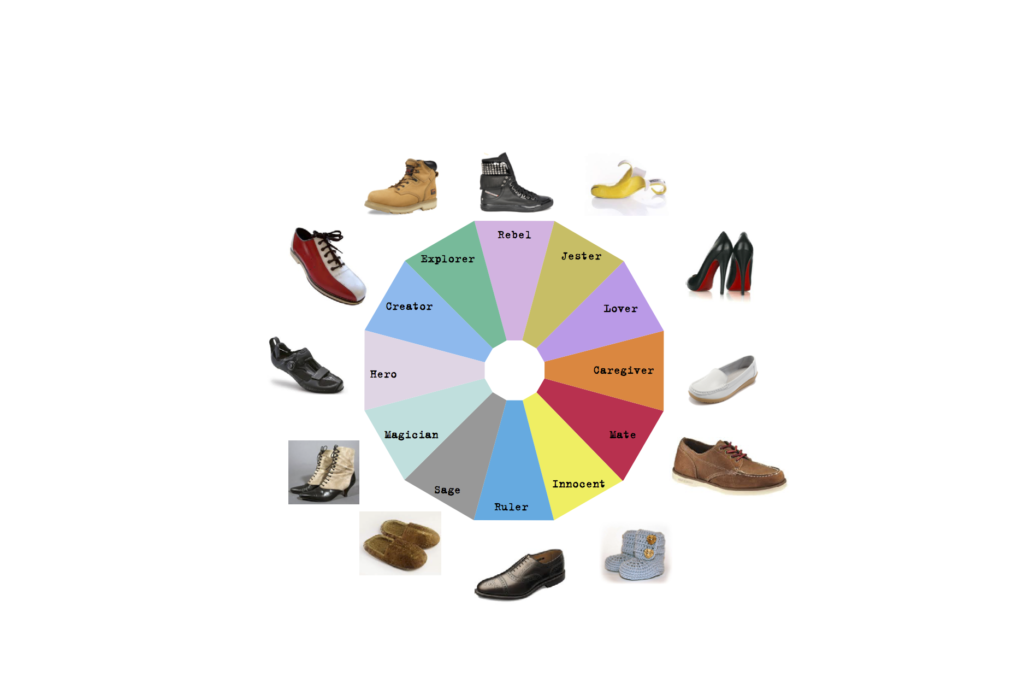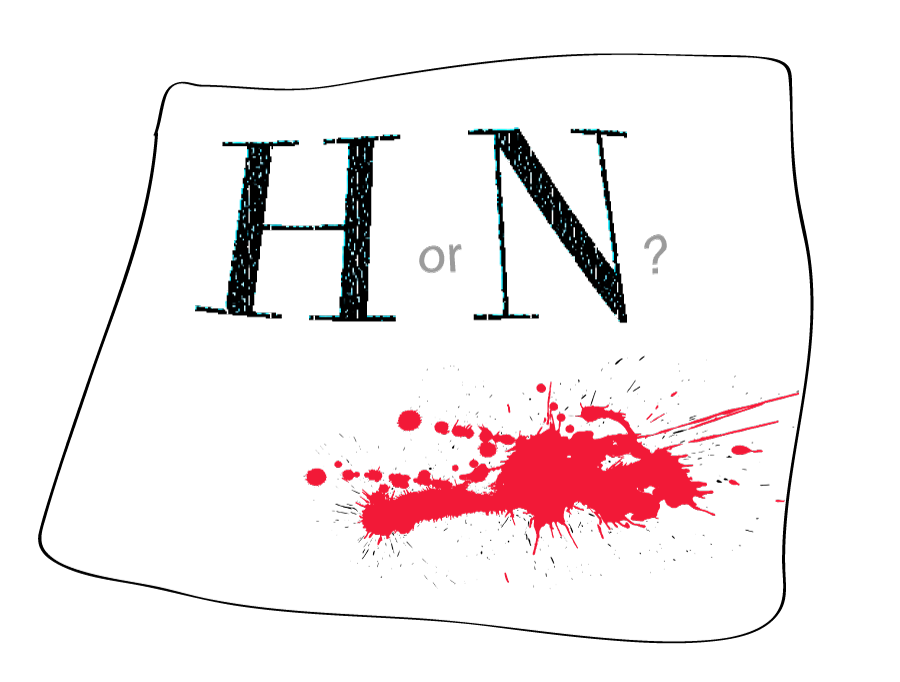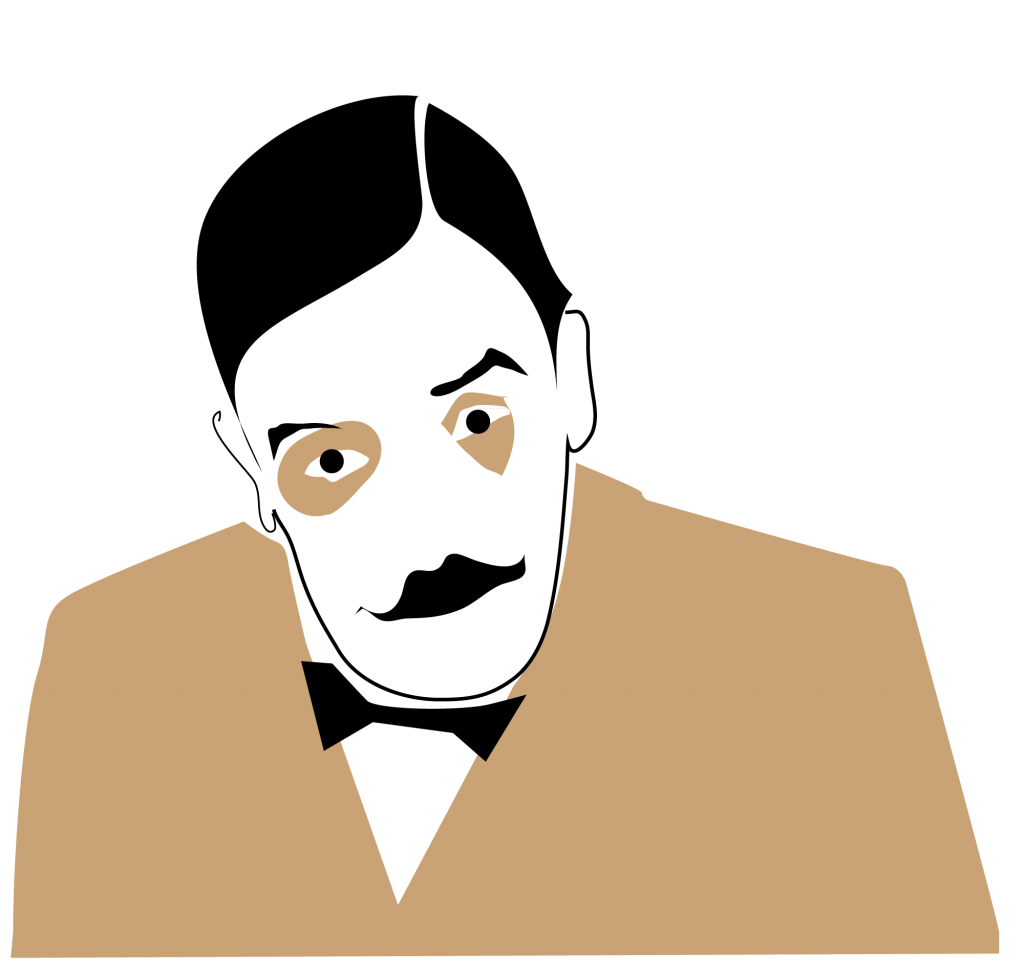What’s the difference between an observation and an insight? Insights are generally based on observations but they go further. They’re generally unexpected, and they have real value to the reader.
They often require joining some dots and give an ah ha moment to the person who discovers them or is told them for the first time. They are often the product of asking the question “why?”
People generally read text for insights but they want to be able to see that the observations are there to back those insights up.

